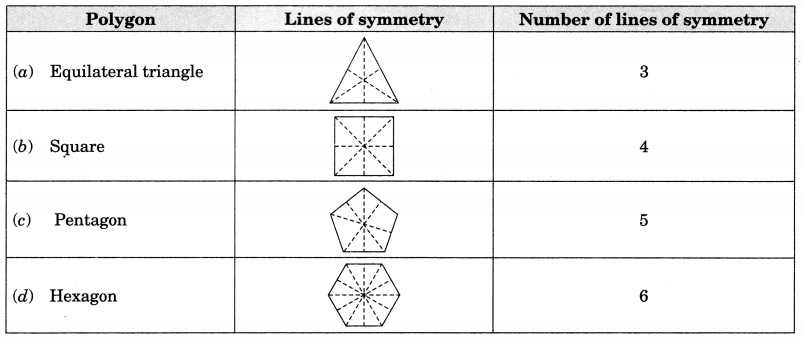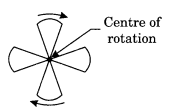We have given detailed NCERT Solutions for Class 7 Sanskrit रचना संवादलेखनम् Questions and Answers come in handy for quickly completing your homework.
CBSE Class 7 Sanskrit रचना संवादलेखनम्
1. मातृपुत्री-संवादः (माँ और बेटी के बीच संवाद)।
माता – पुत्रि! पश्य, तत्र _____________ कः तिप्रति।
पुत्री – किम् एषः _____________ अस्ति?
माता – आम शक: _____________ भवति। परं शकस्य _____________ रक्ता भवति।
पुत्री – आम् पश्यामि, सः स्व-चञ्च्वा वृक्षस्य _____________ खादति। अम्ब। किम् एषः अपि कूजति?
माता – नहि, शुक: न _____________, सः वदति।
पुत्री – अहम् एकदा एकं _____________ अपश्यम्।
माता – सः किं वदति स्म?
पुत्री – सः _____________ ‘अतिशोभनम्, अतिशोभनम्’ इति।
| मञ्जूषा – शुकः, शुकम्, वृक्षे, अवदत्, कूजति, हरितः, रक्ता, फलानि |
उत्तरम्-
वृक्षे, शुकः, हरितः, चञ्चुः, फलानि, कूजति, शुकम्, अवदत्
2. सखीद्वयस्य मध्ये संवादः (दो सखियों के बीच संवाद)
प्रीतिः – हलो! _____________! अहं प्रीतिः वदामि।
दीप्तिः – हलो! सर्वं कथं चलति? किं करोषि?
प्रीतिः – साम्प्रतम् _____________ करोमि।
दीप्तिः – काचद् _____________ आगच्छति। किं तत्र तव मित्राणि _____________ कुर्वन्ति?
प्रीतिः – नहि, दूरदर्शने वार्ता प्रसरति। अहं प्रयोजना-कार्येण सह वार्ताम् आकर्णयामि।
दीप्तिः – कः विषयः _____________?
प्रीतिः – वार्तायाः विषयोऽस्ति-‘प्रदूषणम् अस्य निराकरणम् च।’
दीप्तिः – अति रुचिकरः विषयः अयम्। तव _____________ विषयः कः?
प्रीतिः – मम प्रयोजनाकार्यस्य विषयः _____________ इति।
| मञ्जूषा – प्रयोजनाकार्यम्, जलप्रदूषणम्, प्रयोजनाकार्यस्य, दीप्ते, ध्वनिः, वार्तायाः, वार्ताम् |
उत्तरम्-
दीप्ते, प्रयोजनाकार्यम्, ध्वनिः, वार्ताम्, वार्तायाः, प्रयोजनाकार्यस्य, जलप्रदूषणम्
3. काक-पिकयोः संवादः (कौए और कोयल के बीच संवाद)
काकः – त्वं कः असि?
पिकः – अहं पिक: अस्मि।
काकः – त्वं किं करोषि?
पिकः – अहं _____________।
काकः – त्वं कुत्र कूजसि?
पिकः – अहं _____________ कूजामि।
काकः – त्वम् अपि कृष्णः अहमपि कृष्णः। अत्र कः _____________?
पिकः – भेदः प्रत्यक्षं भविष्यति।
काकः – तत् कथम्?
पिकः – अहं _____________ मधुरं कूजामि। परं त्वं तु सदैव ‘का-का’ एव करोषि। तव ध्वनिः मधुरा नास्ति।
काकः – कथं विस्मरसि? अहं प्रतिदिनं _____________ सुप्तान् जागरयामि।
पिकः – एतत् कार्यं तु _____________ अपि करोति।
काकः – अलं _____________। परस्परं स्नेहः कर्त्तव्यः।
पिकः – भवतु। आवाम् _____________ स्वः।
| मञ्जूषा – आम्रवृक्षे, प्रातः, विवादेन, घटिका, मित्रे, भेदः, वसन्तकाले, कूजामि |
उत्तरम्-
कूजामि, आम्रवृक्षे, भेदः, वसन्तकाले, प्रातः, घटिका, विवादेन, मित्रे।
4. बालक-आगन्तुकयोः संवादः (बालक तथा आगन्तुक के बीच संवाद)
आगन्तुक: – बालक! किं तव जनक: _____________ अस्ति?
बालकः – मान्य! जनक: औषधाय _____________ गतः।
आगन्तुक:- अहं तव _____________ मित्रं जगदीशचन्द्रः।
बालकः – नमस्ते! उपविशतु भवान्।
आगन्तुक:- तव _____________ किम्?
बालकः – _____________ नाम पीयूषः।
आगन्तुक:- त्वं कस्यां _____________ पठसि?
बालकः – अहं _____________ पठामि।
आगन्तुक:- स्वजनकाय एतत् _____________ यच्छ। अधुना अहं गच्छामि।
बालकः – अहं जनकाय निवेदयिष्यामि।
| मञ्जूषा – पुस्तकम्, जनकस्य, नाम, कक्षायाम्, आपणम्, गृहे, सप्तमी-कक्षायाम्, मम |
उत्तरम्-
गृहे, आपणम्, जनकस्य, नाम, मम, कक्षायाम्, सप्तमी-कक्षायाम्, पुस्तकम्
5. बालकस्य खगस्य च मध्ये संवादः (बालक और पक्षी के बीच संवाद)
खगः – हे _____________! कुत्र गच्छसि?
बालकः – अहं _____________ गच्छामि। त्वं किं करोषि?
खगः – अहं _____________ विचरामि।
बालकः – अहमपि गगने विचरितम इच्छामि। परं मम _____________ न सन्ति।
खगः – त्वं _____________ कथं न गच्छसि? प्रतिदिनम् आकाशे वायुयानानि गच्छन्ति।
बालकः – चिन्तयामि यदा अहं वयस्क : भविष्यामि तदा _____________ भविष्यामि।
खगः – उत्तमः संकल्पः। _____________ अस्त।
बालकः – _____________।
| मञ्जूषा – धन्यवादाः, शुभम्, विद्यालयम्, बालक, पक्षाः, आकाशे, वायुयान-चालक:, वायुयानेन |
उत्तरम्-
बालक, विद्यालयम्, आकाशे, पक्षाः, वायुयानेन, वायुयान-चालक:, शुभम्, धन्यवादाः।




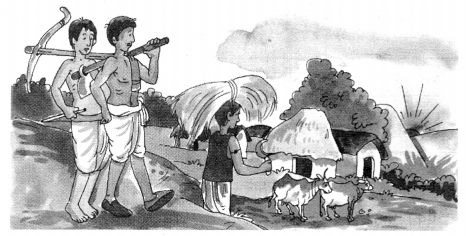
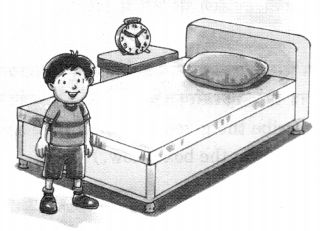

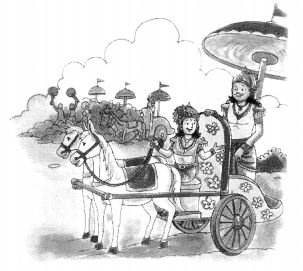
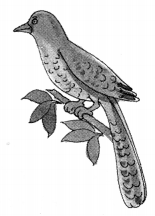

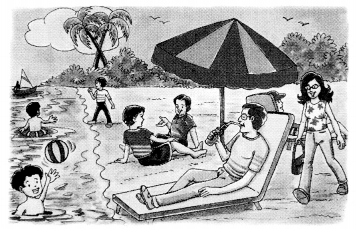
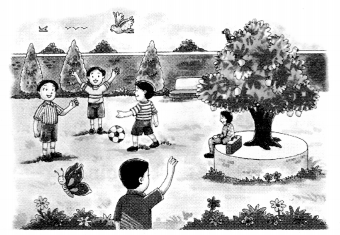

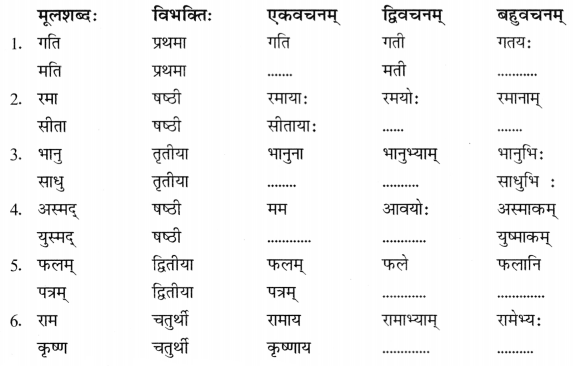
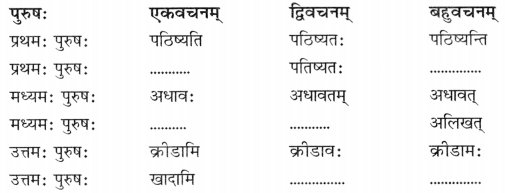
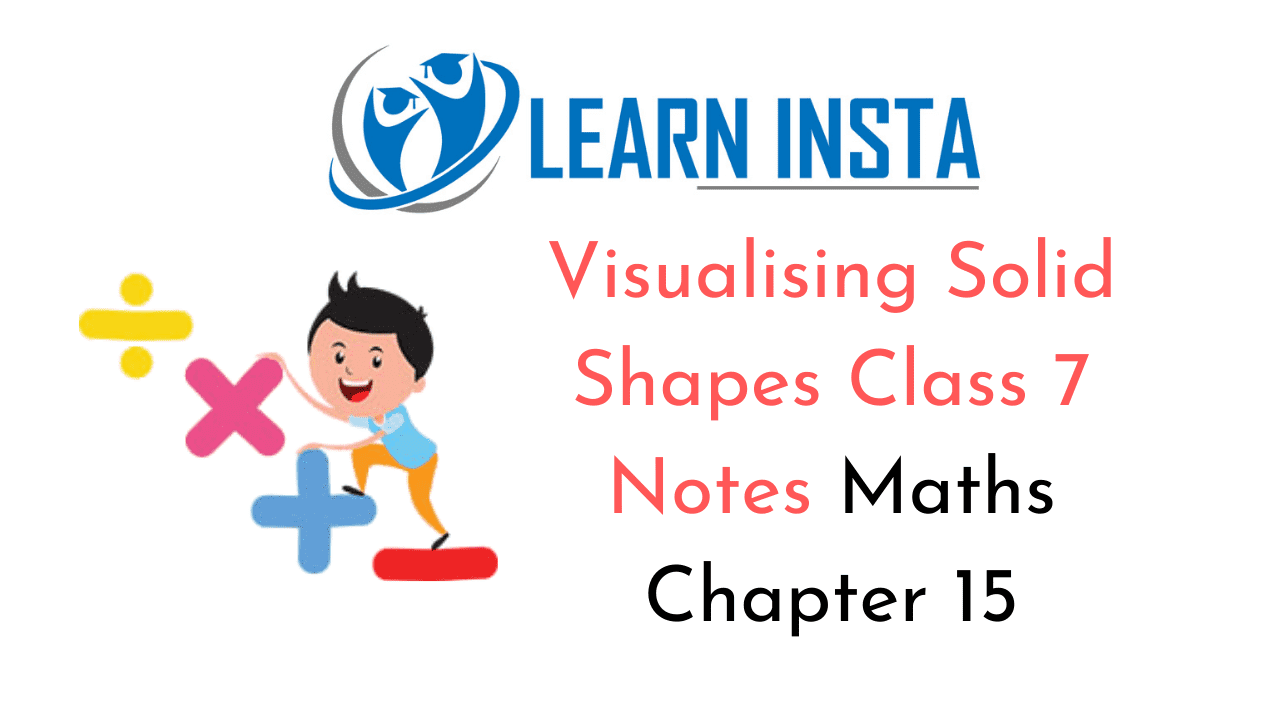 On this page, you will find Visualising Solid Shapes Class 7 Notes Maths Chapter 15 Pdf free download. CBSE
On this page, you will find Visualising Solid Shapes Class 7 Notes Maths Chapter 15 Pdf free download. CBSE 
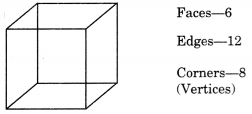
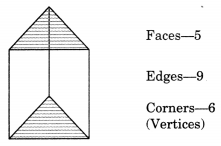

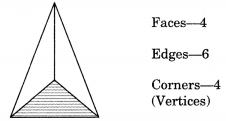

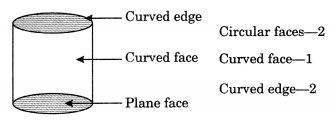
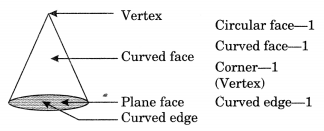
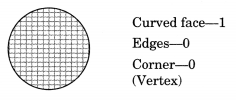
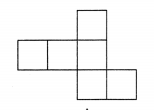
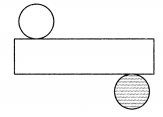
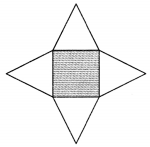
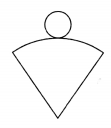
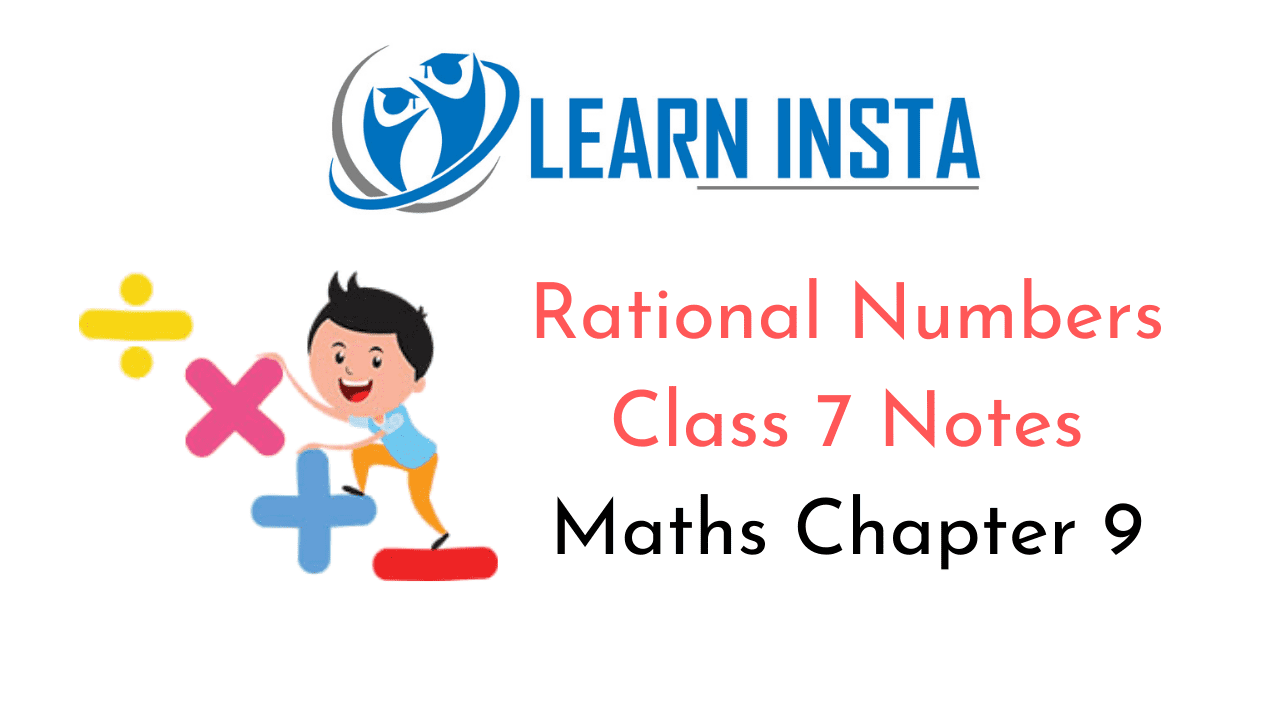 On this page, you will find Rational Numbers Class 7 Notes Maths Chapter 9 Pdf free download. CBSE
On this page, you will find Rational Numbers Class 7 Notes Maths Chapter 9 Pdf free download. CBSE 




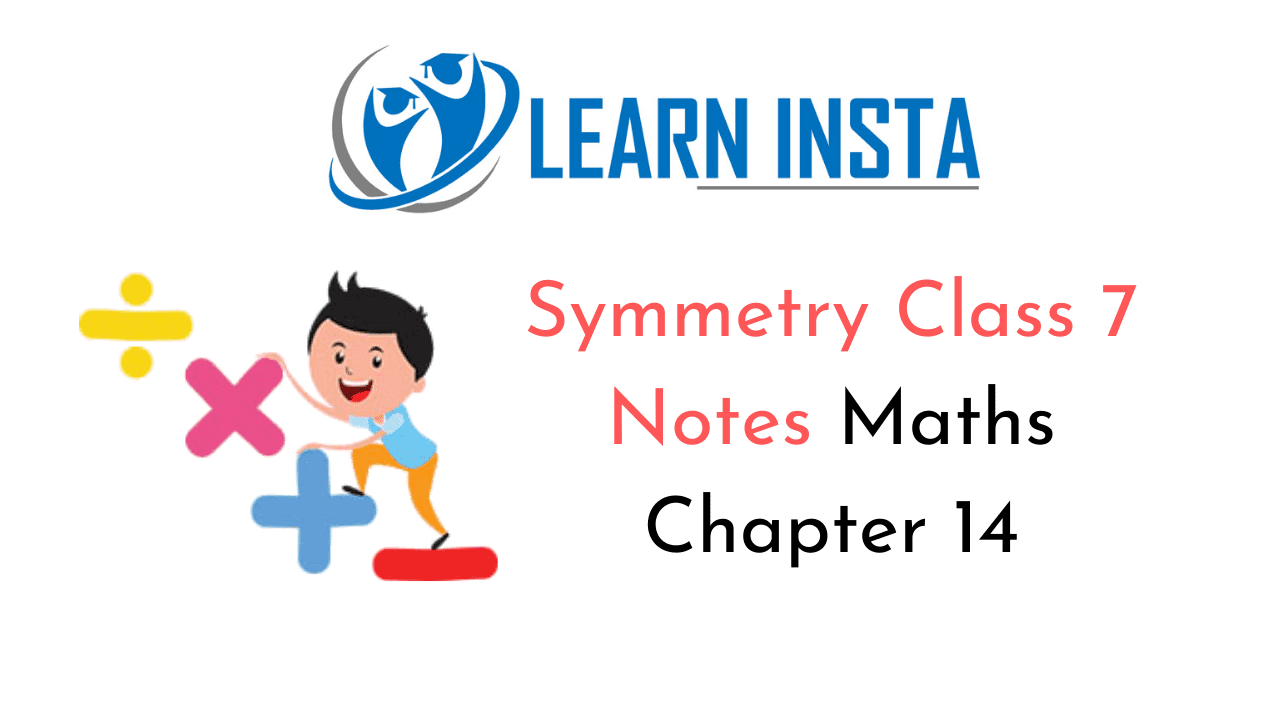 On this page, you will find Symmetry Class 7 Notes Maths Chapter 14 Pdf free download. CBSE
On this page, you will find Symmetry Class 7 Notes Maths Chapter 14 Pdf free download. CBSE 

